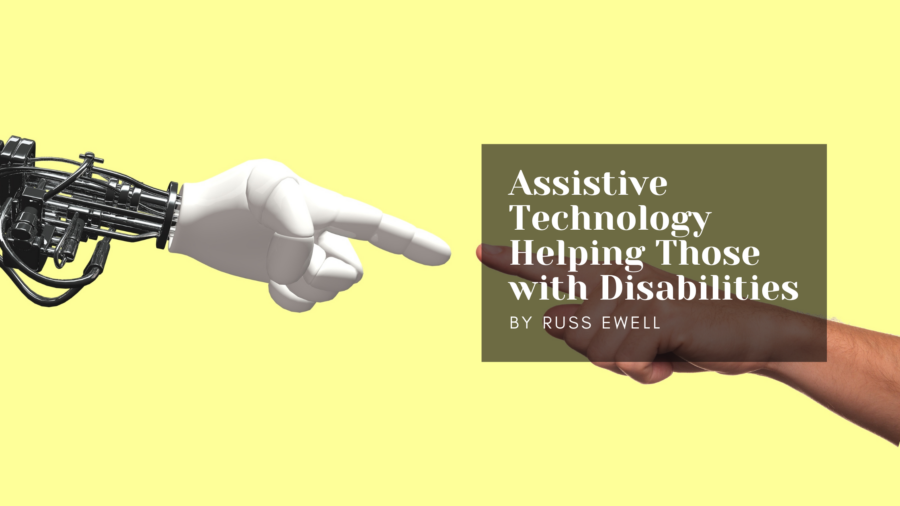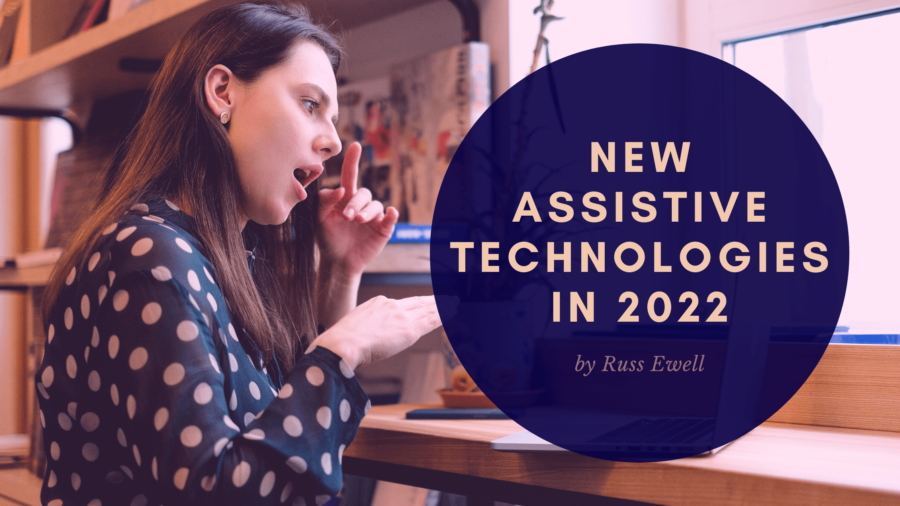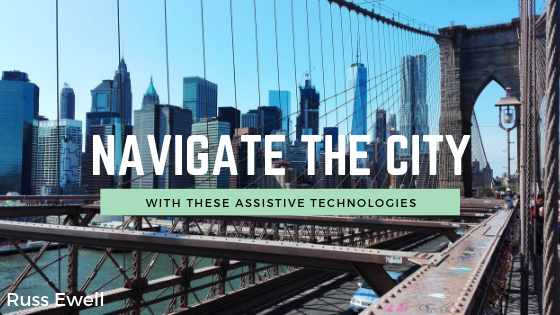Assistive technology has come a long way in recent years and has become an increasingly important tool for people with disabilities. In 2023, there are a wide range of assistive technologies available that are helping people with disabilities to lead more independent and fulfilling lives.
One of the most significant advancements in assistive technology in recent years has been the development of devices that are controlled using brain-computer interfaces (BCIs). These devices allow people with physical disabilities to control computers, prosthetics, and other devices using their thoughts. This has the potential to revolutionize the lives of people with disabilities, as it allows them to perform tasks that were previously impossible.
Another important development in assistive technology is the use of machine learning algorithms to enhance the functionality of assistive devices. For example, machine learning algorithms can be used to help speech recognition software understand the speech patterns of people with speech impairments. This can make it easier for people with disabilities to communicate with others and perform everyday tasks.
In addition to these advancements, there are a wide range of other assistive technologies that are helping people with disabilities. For example, there are devices that use sensors and machine learning algorithms to detect falls and alert caregivers, and devices that can help people with visual impairments to navigate their surroundings.
One of the most exciting developments in assistive technology is the use of virtual and augmented reality (VR/AR) to create immersive experiences that can help people with disabilities to overcome their limitations. For example, VR/AR can be used to create simulations that allow people with mobility impairments to experience activities that they would otherwise be unable to participate in. This can help people with disabilities to feel more included and engaged in society.
There are also a wide range of assistive technologies that are specifically designed for people with sensory impairments. For example, there are devices that can translate speech into sign language for people who are deaf or hard of hearing, and devices that can provide tactile feedback for people who are blind or visually impaired.
In conclusion, assistive technology has come a long way in recent years, and there are a wide range of technologies available that are helping people with disabilities to lead more independent and fulfilling lives. From brain-computer interfaces to machine learning algorithms and virtual reality simulations, there is a wide range of assistive technologies that are making a real difference in the lives of people with disabilities. As technology continues to advance, it is likely that we will see even more exciting developments in assistive technology in the years to come.




